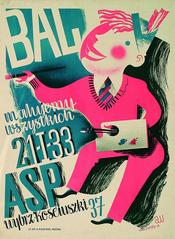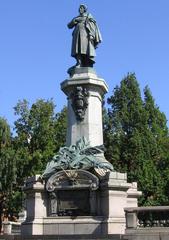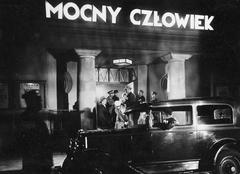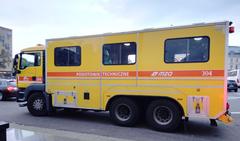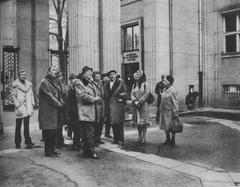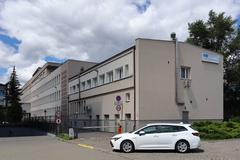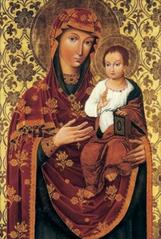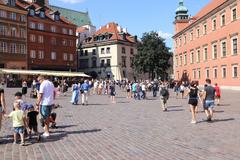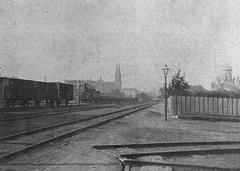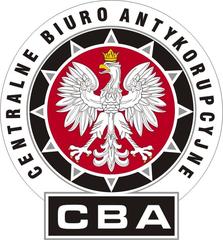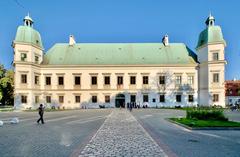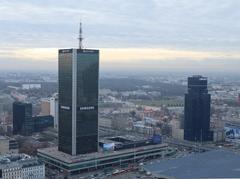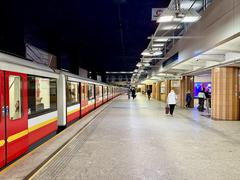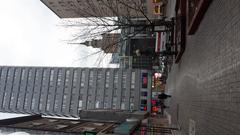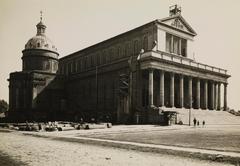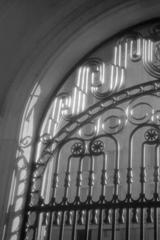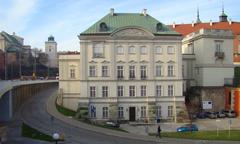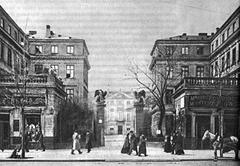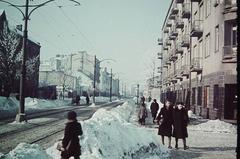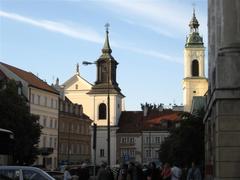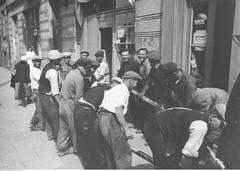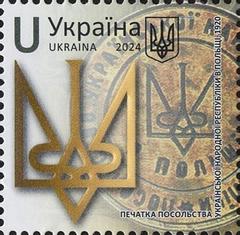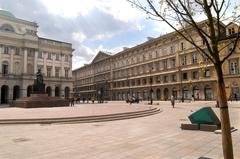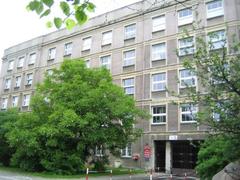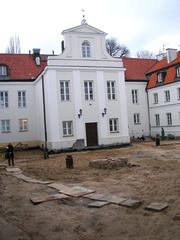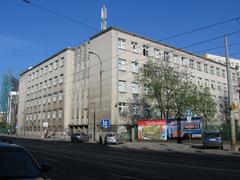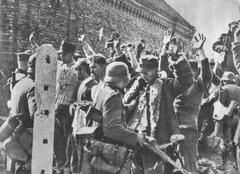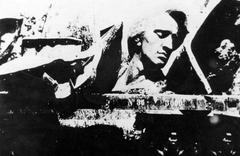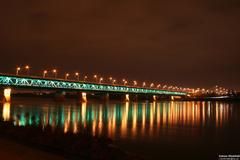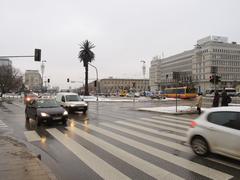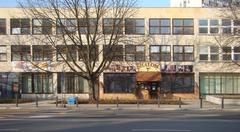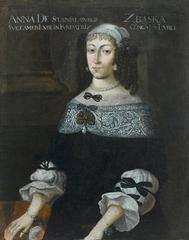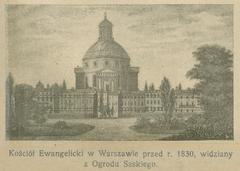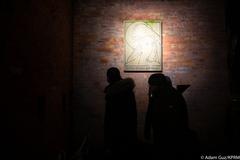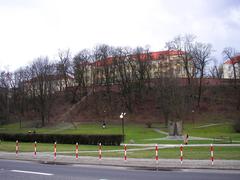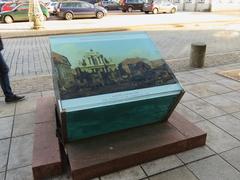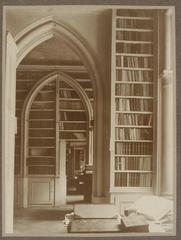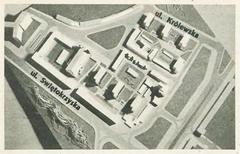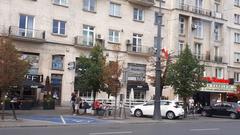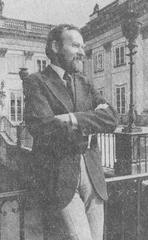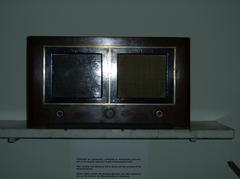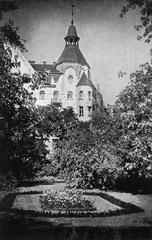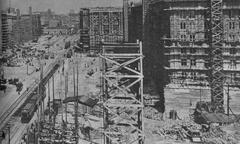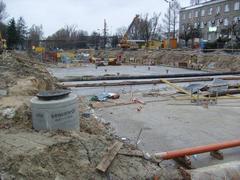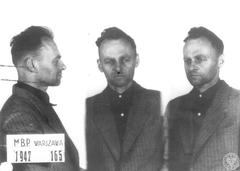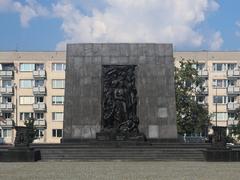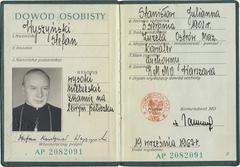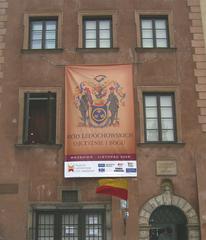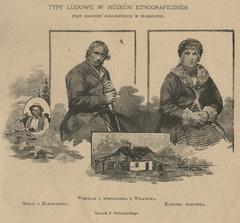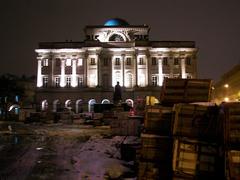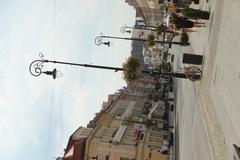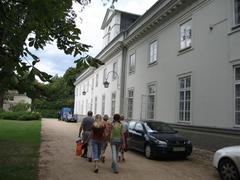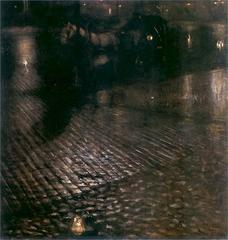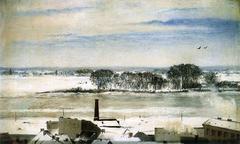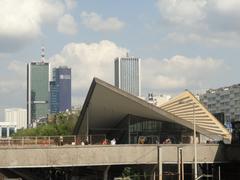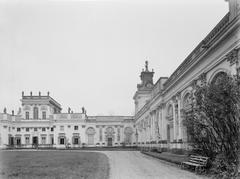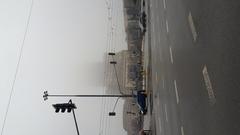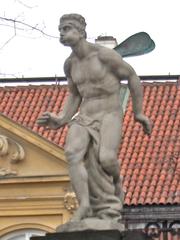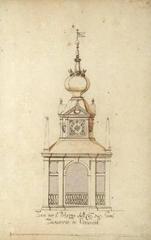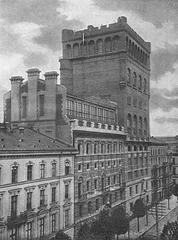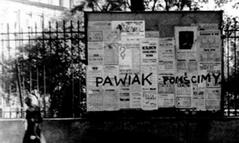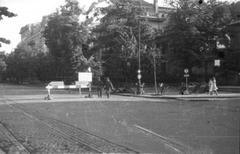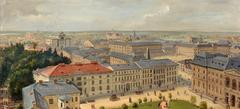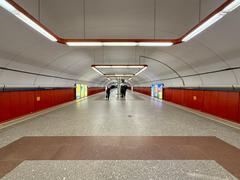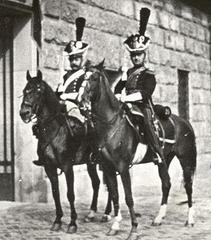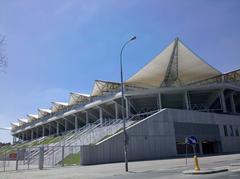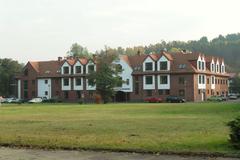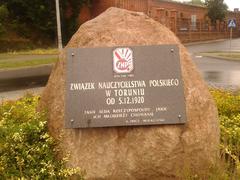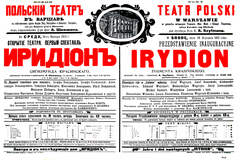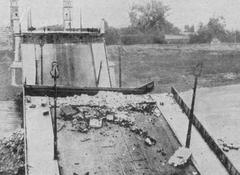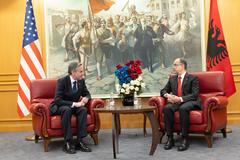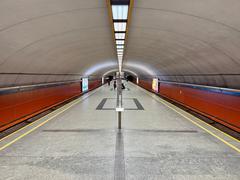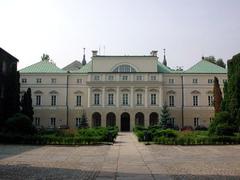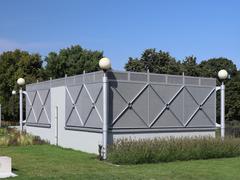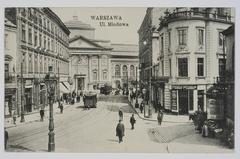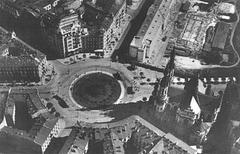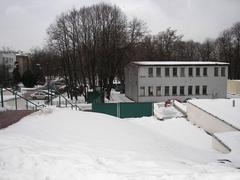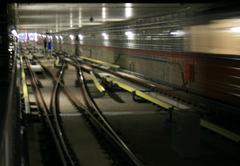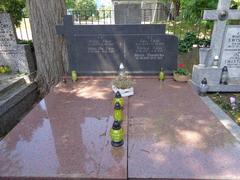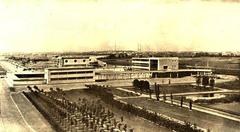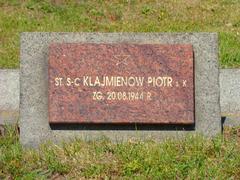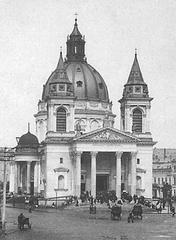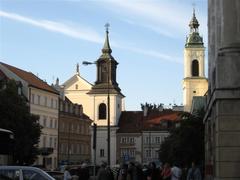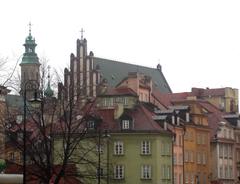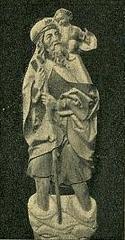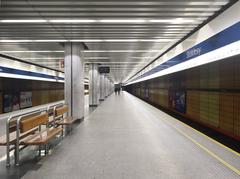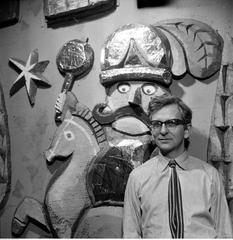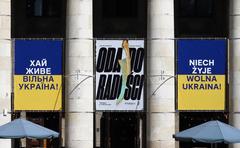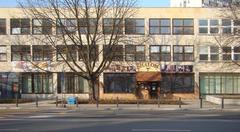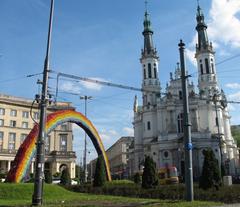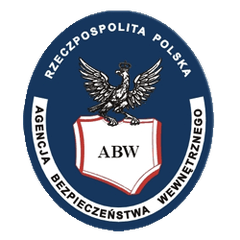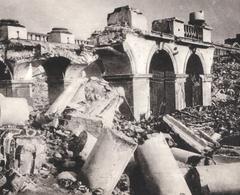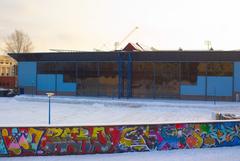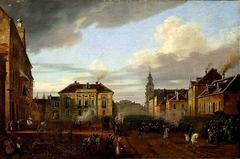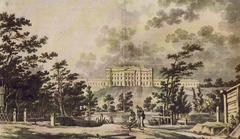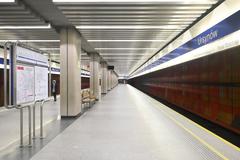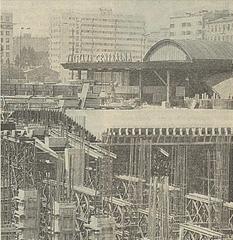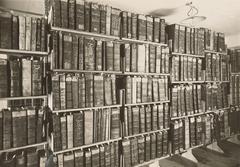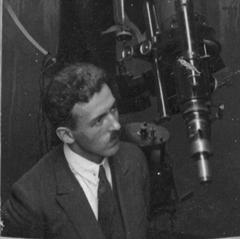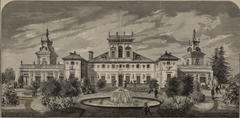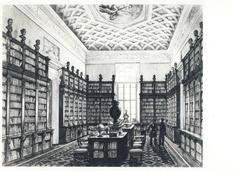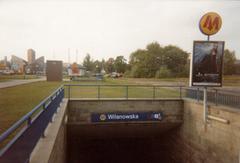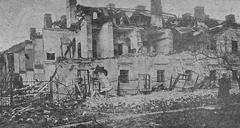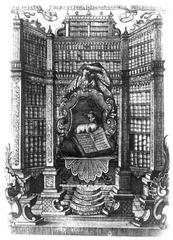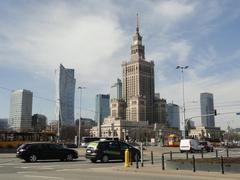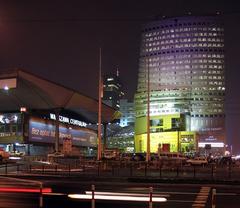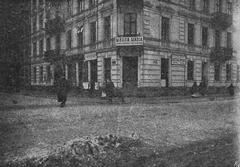Royal Route Warsaw: Visiting Hours, Tickets, and Historical Sites
Date: 19/07/2024
Introduction
The Royal Route in Warsaw, known as ‘Trakt Królewski’ in Polish, is not merely a road but a historical and cultural odyssey through the heart of Poland’s capital. This grand thoroughfare stretches from the Royal Castle in Warsaw’s Old Town to the opulent Wilanów Palace, embodying centuries of Polish history, art, and architecture. Established in the 16th century to connect these two monumental landmarks, the Royal Route has witnessed the evolution of artistic movements, political turmoil, and the resilience of Polish national identity. This comprehensive guide will unveil the historical significance, architectural marvels, cultural relevance, and practical visitor information to help you explore this iconic route. Whether you’re a history enthusiast, architecture aficionado, or a curious traveler, the Royal Route offers a rich tapestry of experiences that encapsulate the essence of Poland’s regal past. Discover the grandeur of landmarks like the Royal Castle, the Presidential Palace, and the University of Warsaw, each narrating its unique story within the larger narrative of Polish heritage.
Table of Contents
- Introduction
- Historical Background
- Key Landmarks Along the Royal Route
- Visitor Information
- Visitor Tips
- Nearby Attractions
- Frequently Asked Questions (FAQ)
- Conclusion
Historical Background
Origins and Early Development
The Royal Route dates back to the 16th century, initially serving as a connection between the Royal Castle in Warsaw’s Old Town and Wilanów Palace, the summer residence of King John III Sobieski. The route was primarily used by Polish monarchs and nobility, which is how it earned its regal name.
The Renaissance and Baroque Influence
During the Renaissance and Baroque periods, the Royal Route underwent significant transformations. The influence of these artistic movements is evident in the architectural styles of the buildings that line the route. Notable structures from this era include the Royal Castle and Krakowskie Przedmieście.
The Enlightenment and Neoclassical Period
The 18th century brought the Enlightenment and Neoclassical architectural styles to the Royal Route. This period saw the construction of several key landmarks, including the Presidential Palace and the University of Warsaw.
The 19th Century and the Partitions of Poland
The 19th century was a tumultuous period for Warsaw and the Royal Route. Following the partitions of Poland, Warsaw came under Prussian and later Russian control. Despite these political changes, the Royal Route remained a symbol of Polish national identity.
World War II and Reconstruction
World War II brought significant destruction to Warsaw, including the Royal Route. However, the post-war period saw a concerted effort to rebuild and restore the Royal Route to its former glory.
Modern Developments and Preservation
In the post-war period, the Royal Route has continued to evolve while maintaining its historical significance. It is now a major tourist attraction, drawing visitors from around the world.
Key Landmarks Along the Royal Route
-
Royal Castle - A symbol of Polish statehood and history, the Royal Castle has been meticulously restored and now serves as a museum and cultural center. Visitors can explore the opulent interiors and learn about the castle’s role in Polish history.
-
Presidential Palace - The official residence of the President of Poland, the Presidential Palace is an architectural gem with a rich history.
-
University of Warsaw - One of Poland’s premier educational institutions, the University of Warsaw’s main campus is located along the Royal Route.
-
St. Anne’s Church - This historic church, located near the Royal Castle, is known for its stunning Baroque architecture and beautiful interior.
-
Wilanów Palace - Located at the southern end of the Royal Route, Wilanów Palace is a magnificent example of Baroque architecture.
Visitor Information
- Visiting Hours - Most landmarks along the Royal Route are open from 10:00 AM to 6:00 PM. However, it’s advisable to check the specific visiting hours on official websites.
- Tickets - Some landmarks like the Royal Castle and Wilanów Palace require tickets for entry. Prices vary, so consult their respective websites for the most accurate information.
- Guided Tours - Consider taking a guided tour to fully appreciate the historical and cultural significance of the landmarks. Many tours are available in multiple languages.
- Accessibility - Most of the major landmarks along the Royal Route are wheelchair accessible. Check individual sites for more detailed accessibility information.
Visitor Tips
- Best Time to Visit - The Royal Route can be visited year-round, but the best time to explore is during the spring and summer months when the weather is pleasant, and the gardens are in full bloom.
- Walking Route - The Royal Route is best explored on foot. Wear comfortable shoes and take your time to enjoy the architecture and ambiance.
- Cultural Events - Check the local event calendar for festivals, parades, and cultural events that may be taking place along the Royal Route during your visit.
Nearby Attractions
- Łazienki Park - Located nearby, this park offers beautiful gardens, museums, and the famous Palace on the Isle.
- Copernicus Science Centre - A great spot for families, this interactive museum is just a short distance from the Royal Route.
Frequently Asked Questions (FAQ)
- What is the best way to get to the Royal Route? The Royal Route is easily accessible by public transportation, including buses and trams.
- Are there any free attractions along the Royal Route? Yes, several landmarks such as St. Anne’s Church are free to enter, though donations are welcome.
- Can I take photos at the landmarks? Photography is generally allowed, but it’s best to check specific rules at each site.
Conclusion
The Royal Route in Warsaw stands as a testament to Poland’s rich and complex history, showcasing a blend of architectural styles from the Renaissance, Baroque, and Neoclassical periods. This iconic pathway is not just a tourist attraction but a profound journey through time, reflecting the nation’s resilience and cultural evolution. From the majestic Royal Castle to the serene Wilanów Palace, each landmark along the Royal Route offers a unique glimpse into the past. Visitors can immerse themselves in the historical ambiance, enjoy the vibrant cultural scene, and explore nearby attractions like the Łazienki Park and Copernicus Science Centre. By following the practical tips and visitor information provided, you can maximize your experience, whether it’s through guided tours, attending cultural events, or simply strolling along the historic pathway. The Royal Route is more than a sightseeing destination; it is an essential chapter in understanding Poland’s heritage and its enduring spirit. For ongoing updates and more detailed explorations, consider following our social media channels or downloading our mobile app, Audiala.
References
- Royal Castle, 2024, Warsaw Tourism https://www.zamek-krolewski.pl/en
- Presidential Palace, 2024, Warsaw Tourism https://www.president.pl/en/presidential-palace
- University of Warsaw, 2024, University of Warsaw https://en.uw.edu.pl/
- Wilanów Palace, 2024, Wilanów Palace https://www.wilanow-palac.pl
- Łazienki Park, 2024, Łazienki Park https://www.lazienki-krolewskie.pl
- Copernicus Science Centre, 2024, Copernicus Science Centre https://www.kopernik.org.pl
